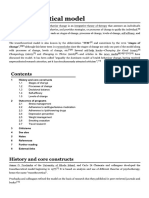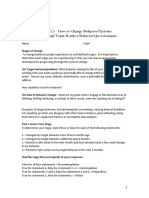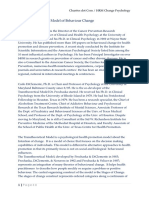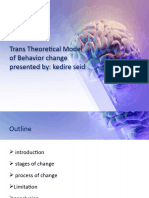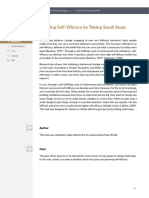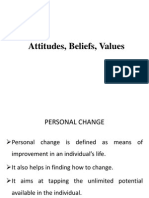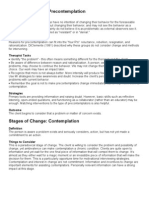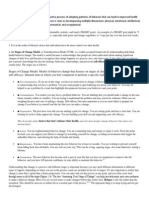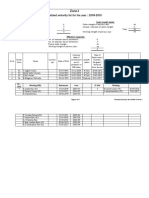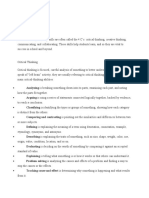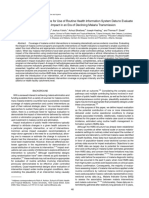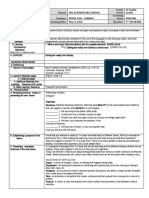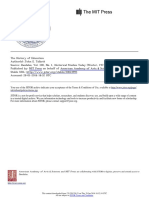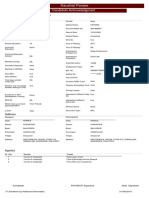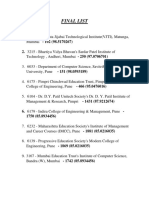0% found this document useful (0 votes)
7 views3 pagesTTMBC Overview
The Transtheoretical Model of Behavior Change outlines five stages individuals go through when making significant life changes: Precontemplation, Contemplation, Preparation, Action, and Maintenance. Each stage has specific processes that support change, categorized into 'Pre-action' and 'Action' processes, which help individuals move towards their goals. Successful change involves recognizing and utilizing these processes effectively at each stage.
Uploaded by
yk97qrxtyxCopyright
© © All Rights Reserved
We take content rights seriously. If you suspect this is your content, claim it here.
Available Formats
Download as PDF, TXT or read online on Scribd
0% found this document useful (0 votes)
7 views3 pagesTTMBC Overview
The Transtheoretical Model of Behavior Change outlines five stages individuals go through when making significant life changes: Precontemplation, Contemplation, Preparation, Action, and Maintenance. Each stage has specific processes that support change, categorized into 'Pre-action' and 'Action' processes, which help individuals move towards their goals. Successful change involves recognizing and utilizing these processes effectively at each stage.
Uploaded by
yk97qrxtyxCopyright
© © All Rights Reserved
We take content rights seriously. If you suspect this is your content, claim it here.
Available Formats
Download as PDF, TXT or read online on Scribd
/ 3



